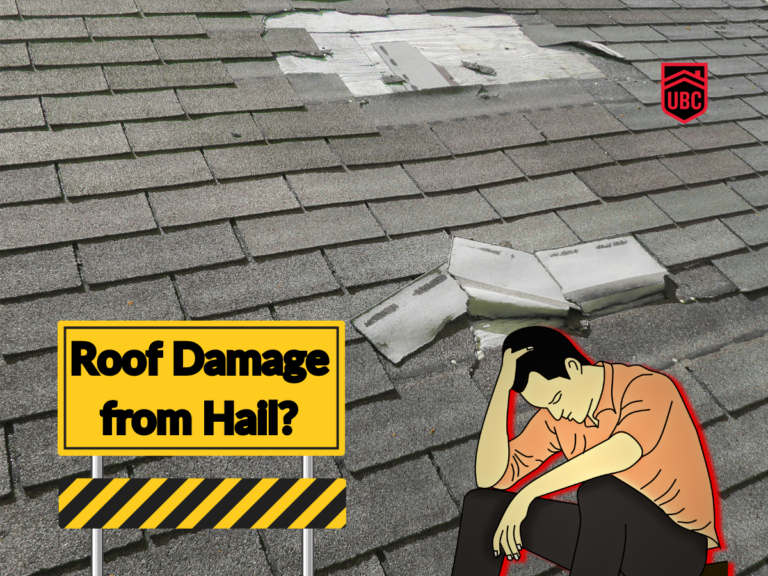The Importance of Proper Installation for the Quality and Longevity of Shingles
A sturdy, reliable roof is a quintessential part of any building. The use of quality shingles and the application of meticulous installation processes together ensure the roof’s durability and longevity, thereby protecting your home from adverse environmental conditions and enhancing its market value. This article provides a comprehensive examination of how the correct installation of shingles affects their quality and longevity, making it an essential read for any homeowner contemplating a new roof or roof maintenance.
Defining Proper Installation
In the world of roofing, the term ‘proper installation’ extends beyond the mere act of attaching shingles to a roof. It’s a complex process that demands an in-depth understanding of the manufacturer’s instructions, a selection of suitable materials, and the skills of a licensed, experienced roofing contractor.
A correctly installed roof requires a base of sturdy decking, flawless flashing around all roof protrusions, and a balanced ventilation system. These fundamental aspects work in conjunction to ensure that your roof withstands the test of time and functions at its optimum level throughout its intended lifespan.
The Impact of Proper Installation on Shingle Quality
An improper or inadequate installation can create a multitude of issues, detrimental not only to the shingles themselves but to the overall integrity of the roof and the building it covers. Some of these problems include leaks, poor ventilation, premature aging of the shingles, and a compromised structural integrity of the home. Another crucial point to remember is that improper installation may result in the nullification of the manufacturer’s warranty, thereby adding to your expenses in the long run.
One of the most prevalent installation issues stems from the incorrect placement of shingles. Each manufacturer provides detailed instructions about how their shingles should be installed. Overlooking these instructions can leave your home vulnerable to the elements. For instance, some shingles necessitate a specific nailing pattern to ensure their secure attachment to the roof. Deviating from this recommended pattern can cause the shingles to become unstable, undermining their protective function.
Ventilation is another critical aspect where improper installation can lead to significant problems. A well-ventilated roof is instrumental in prolonging the life of your shingles by ensuring adequate airflow. Lack of proper ventilation can result in the overheating of your roof, causing your shingles to degrade at a faster rate.
The Correlation between Proper Installation and Shingle Longevity
Correct installation is a cornerstone to guarantee the longevity of your shingles. Shingles installed in line with all recommended guidelines have the potential to last for their expected lifespan, which usually ranges from 15 to 30 years, or even more in some cases. Conversely, shingles installed without adhering to these guidelines are likely to deteriorate prematurely, necessitating an untimely and costly roof replacement.
As mentioned earlier, ventilation is paramount when it comes to prolonging the life of your shingles. A well-ventilated roof effectively lowers the temperature in your attic, thus reducing the heat absorbed by your shingles. Poor ventilation can lead to a myriad of problems such as buckling, curling, or blistering of shingles, all of which can significantly reduce their lifespan.
The quality of the materials used during installation also plays a significant role in determining the longevity of your shingles. Opting for high-quality shingles will naturally contribute to the durability of your roof. However, it’s worth noting that even the highest quality materials will fall short of expectations if they are not installed in the correct manner.
Selecting the Right Roofing Contractor
A crucial aspect of achieving a correctly installed roof is the selection of the right roofing contractor. This professional is responsible for understanding the manufacturer’s specifications and ensuring that the roofing materials are installed in accordance with these instructions. It’s important to choose a licensed and experienced contractor with a track record of success in this field. Doing your homework by checking references, reading reviews, and comparing quotes from different contractors can go a long way in helping you make an informed decision.
Importance of the Underlayment
While the shingles themselves play a significant role in roof quality and longevity, the underlayment – a barrier installed under the shingles – is equally important. It provides an additional layer of protection against water seepage, which can cause significant damage over time. An underlayment also helps to keep the shingles flat and even, improving the overall appearance of the roof. A high-quality underlayment, correctly installed, enhances the overall effectiveness and lifespan of the roof.
Adequate Roof Ventilation
Proper roof ventilation is a key factor that contributes to the longevity of shingles. A well-ventilated roof helps to maintain a balanced temperature between the outside environment and the attic, reducing the heat transfer to the shingles. Poorly ventilated roofs can lead to a buildup of excessive heat and moisture in the attic, causing the shingles to warp or degrade prematurely.
Roof ventilation is achieved through a system of intake and exhaust vents that allow continuous airflow. This system keeps the attic cool in summer, reducing the thermal load on the shingles. In winter, it helps to prevent condensation by keeping the attic relatively dry, thereby avoiding ice dams.
Quality of Roofing Materials
When considering the longevity of shingles, it’s crucial to think about the quality of the materials used. High-quality shingles typically offer better weather resistance, improved durability, and longer warranties. However, even the highest quality shingles won’t perform well if they’re not installed correctly. Therefore, homeowners must place equal importance on both the quality of materials and the quality of installation.
Regular Roof Maintenance
Lastly, to ensure the longevity of your roof, regular maintenance is essential. Even with the best installation and highest quality materials, roofs can deteriorate over time due to weather conditions and natural wear and tear. Regular inspections can help identify potential issues early on and allow for timely repairs. This not only prolongs the lifespan of your roof but also saves you money by preventing costly repairs down the line.







